+2+blog.jpg)
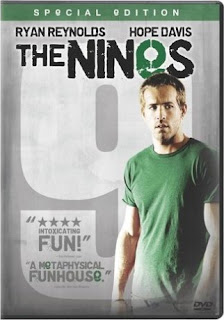+dvd.jpg)
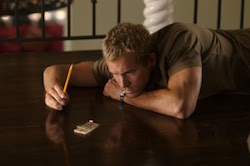.jpg)
THE NIN9S
(Review)
A MAN’S HAND unwinds a short length of green string. We’re extremely close, with a shallow, blurry focus. It’s like the first moments after a dream—just fragments.
Scissors cut the string. The man wraps it around his left wrist. A loop. A bracelet.
We see the man’s teeth, the edge of his chin as he pulls the knot tight.
His fingers pull against the string. Solid. It won’t break easily.
FADE OUT.
John August is a screenwriter who can come up with scripts like those for Doug Liman’s Go! and Tim Burton’s Big Fish (two personal favourites), then can go all the way to the far end of the spectrum for McG’s Charlie’s Angels movies.
Now that’s displaying a range.
With The Nin9s—which has the structure of Go! (three discrete yet inter-connected sections) and the thematic complexity of Big Fish—August broadens his range even more, by not just delivering another intricate and ambitious screenplay, but by directing it as well.
Gary Banks (Ryan Reynolds) is the star of the hit police procedural Crim9 Lab (“This fall, Mondays are killer.”), who has a minor meltdown as a result of having his heart broken by a woman. A baggie of crack later and he’s under house arrest (in a house that he claims is haunted by a “zeitgeist”), and in danger of being written off the series by its showrunner.
Or is he?
If you’ve seen the trailer of The Nin9s, it’s pretty evident that this is the sort of film you can’t really talk about lest the cat prematurely get out of the bag.
What I can say is that this is another fantastic script by August, and his handling of the intricate and delicate material displays a steady and confident directorial presence.
He also gathers a great cast for The Nin9s, starting with Reynolds, who shows a sharp versatility here I’ve never really seen before; usually he gets to play variations of his wise-a$$ sitcom self, as in Blade: Trinity. Here, he’s given the opportunity to inject nuance and a certain amount of subtlety in his performance, and he doesn’t disappoint.
He’s then supported by Hope Davis (always a treat to watch) and Gilmore Girls’ Melissa McCarthy. Like Reynolds, McCarthy’s another eye-opener, as not only is she allowed to make a departure from her Sookie TV persona, she also gets a chance to play herself.
(E.R. fans should also note that Dahlia Salem is in here too, also as herself.)
There. I may have already said too much.
Let’s just leave it at this: if you like your cinema complex and layered, The Nin9s should be on your radar.
At the very least, you’ll learn something really, really interesting about koala bears.
Parting shot: Reviews of Blade: Trinity and The Amityville Horror, in which Ryan Reynolds also appeared, can be found in the Archive, as well as a Tim Burton retrospective, where Big Fish is mentioned.
(The Nin9s UK quad courtesy of impawards.com; DVD cover art courtesy of amazon.com; image courtesy of lookforthenines.com.)
(The italicized first section of the review is from John August’s final shooting script for The Nin9s.)
(Review)
A MAN’S HAND unwinds a short length of green string. We’re extremely close, with a shallow, blurry focus. It’s like the first moments after a dream—just fragments.
Scissors cut the string. The man wraps it around his left wrist. A loop. A bracelet.
We see the man’s teeth, the edge of his chin as he pulls the knot tight.
His fingers pull against the string. Solid. It won’t break easily.
FADE OUT.
John August is a screenwriter who can come up with scripts like those for Doug Liman’s Go! and Tim Burton’s Big Fish (two personal favourites), then can go all the way to the far end of the spectrum for McG’s Charlie’s Angels movies.
Now that’s displaying a range.
With The Nin9s—which has the structure of Go! (three discrete yet inter-connected sections) and the thematic complexity of Big Fish—August broadens his range even more, by not just delivering another intricate and ambitious screenplay, but by directing it as well.
Gary Banks (Ryan Reynolds) is the star of the hit police procedural Crim9 Lab (“This fall, Mondays are killer.”), who has a minor meltdown as a result of having his heart broken by a woman. A baggie of crack later and he’s under house arrest (in a house that he claims is haunted by a “zeitgeist”), and in danger of being written off the series by its showrunner.
Or is he?
If you’ve seen the trailer of The Nin9s, it’s pretty evident that this is the sort of film you can’t really talk about lest the cat prematurely get out of the bag.
What I can say is that this is another fantastic script by August, and his handling of the intricate and delicate material displays a steady and confident directorial presence.
He also gathers a great cast for The Nin9s, starting with Reynolds, who shows a sharp versatility here I’ve never really seen before; usually he gets to play variations of his wise-a$$ sitcom self, as in Blade: Trinity. Here, he’s given the opportunity to inject nuance and a certain amount of subtlety in his performance, and he doesn’t disappoint.
He’s then supported by Hope Davis (always a treat to watch) and Gilmore Girls’ Melissa McCarthy. Like Reynolds, McCarthy’s another eye-opener, as not only is she allowed to make a departure from her Sookie TV persona, she also gets a chance to play herself.
(E.R. fans should also note that Dahlia Salem is in here too, also as herself.)
There. I may have already said too much.
Let’s just leave it at this: if you like your cinema complex and layered, The Nin9s should be on your radar.
At the very least, you’ll learn something really, really interesting about koala bears.
Parting shot: Reviews of Blade: Trinity and The Amityville Horror, in which Ryan Reynolds also appeared, can be found in the Archive, as well as a Tim Burton retrospective, where Big Fish is mentioned.
(The Nin9s UK quad courtesy of impawards.com; DVD cover art courtesy of amazon.com; image courtesy of lookforthenines.com.)
(The italicized first section of the review is from John August’s final shooting script for The Nin9s.)

.jpg)
+blog.jpg)
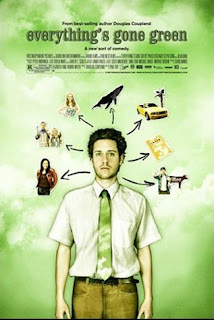+dvd+1+blog.jpg)
+2+blog.jpg)
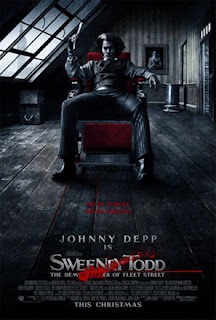+2+blog.jpg)
.jpg)
+2.jpg)
.jpg)
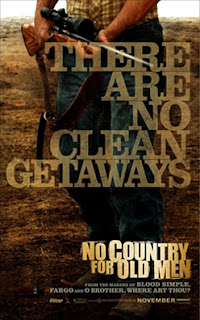+2+blog.jpg)
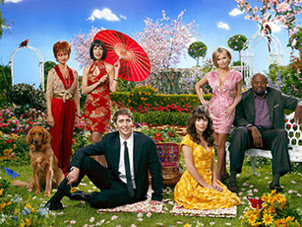+blog.jpg)
.jpg)
+4+blog.jpg)
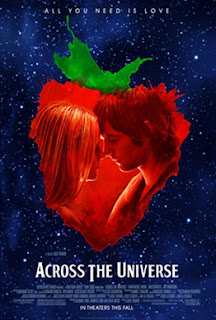+blog.jpg)
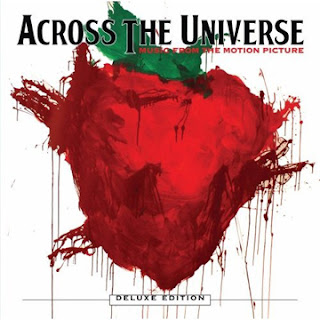+soundtrack+blog.jpg)
+1.jpg)
+3.jpg)
+4.jpg)

.jpg)
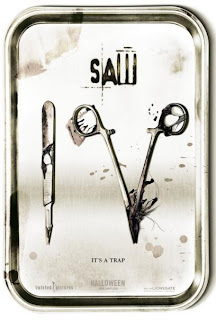+os1.jpg)
.jpg)
+1.jpg)
+3.jpg)
.jpg)
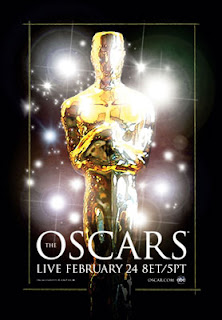.jpg)
+1+blog.jpg)
.jpg)
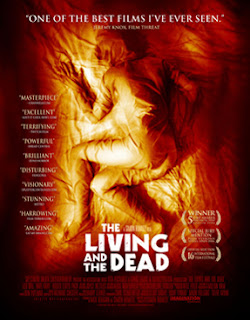+blog.jpg)
+2+blog.jpg)
+3+blog.jpg)
+4+blog.jpg)
.jpg)


+1+blog.jpg)
+dvd+blog.jpg)
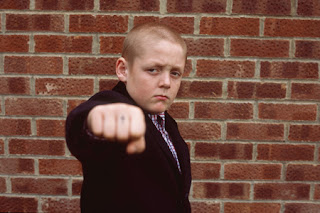+2.jpg)
+3+blog.jpg)
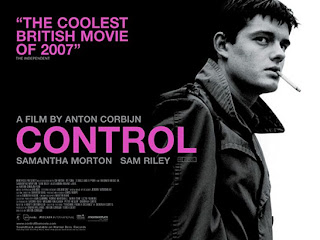+blog.jpg)
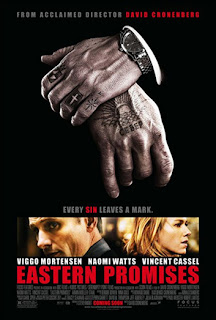+blog.jpg)
+3+blog.jpg)
+2+blog.jpg)

+2+blog.jpg)


+1+blog.jpg)